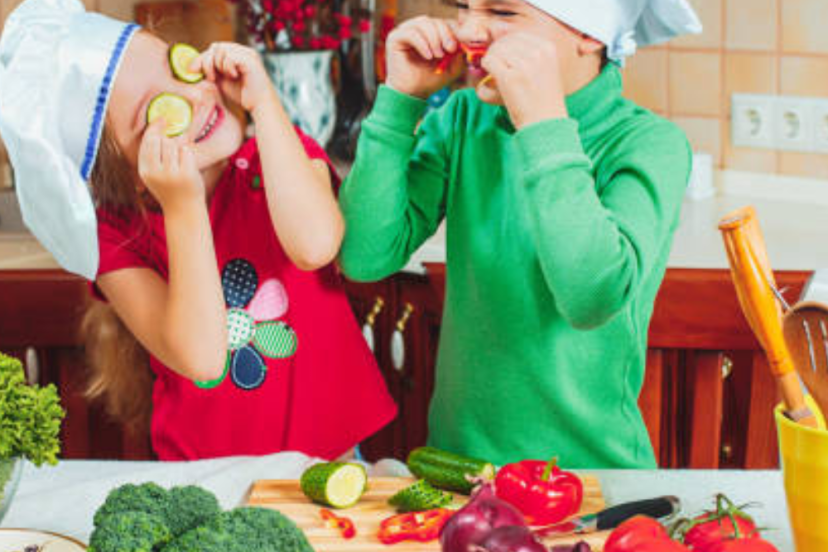Inspiring Science Kitchen Experiments for Children
In the heart of every kitchen lies not just the potential for culinary delights, but also a realm of scientific wonders waiting to be uncovered. Transforming inspiring science kitchen experiments for children the kitchen into a laboratory sparks the curiosity of young minds, offering a unique blend of education and entertainment. In this article, we’ll explore kitchen science experiments for kids that not only captivate their interest but also contribute to joint health and overall wellness—a delicious journey of edutainment at the stove.
Joint Health Unveiled: Making Learning Delicious
- Introducing the concept of joint health to kids might seem challenging, but what if it could be as engaging as a kitchen science experiment? By combining education with hands-on activities, you can teach kids about the importance of joints and how certain foods contribute to their well-being. The kitchen becomes a lively classroom where the stove is not just a source of heat but a hub of edutainment.
DIY Gelatin Gummies for Healthy Joints
- Gelatin, a collagen-rich substance, is an excellent way to introduce kids to the concept of joint health. Collaborate with them to create DIY gelatin gummies using fruit juice, gelatin powder, and molds. Explain how collagen, a protein found in joints, contributes to their health and flexibility. As they enjoy their tasty creations, they’re also absorbing essential knowledge about the building blocks of healthy joints.
Smoothie Science for Nutrient-Rich Joints
- Smoothies provide a canvas for a colorful and nutritious exploration of joint health. Invite kids to experiment with different fruits and vegetables known for their joint-friendly nutrients, such as vitamin C-rich berries and leafy greens. As they blend and taste-test their creations, discuss the benefits of these nutrients in supporting joint health. The vibrant smoothie science becomes a tasty lesson that fosters a lifelong appreciation for nutritious choices.
Super Seeds Snack for Happy Joints
- Seeds, rich in omega-3 fatty acids and other joint-nourishing nutrients, take center stage in this kitchen experiment. Guide kids in creating a super seeds snack by combining chia seeds, flaxseeds, and sunflower seeds with honey or nut butter. Explain how these seeds contribute to joint lubrication and flexibility. As they munch on their crunchy creation, they’re absorbing valuable lessons about the role of nutrition in maintaining happy and healthy joints.
Yogurt Parfait Lab for Bone Health
- While focusing on joint health, it’s essential to touch on the health of the bones that support them. Turn the kitchen into a yogurt parfait lab where kids layer yogurt with calcium-rich fruits like kiwi and oranges. Discuss the importance of calcium in building strong bones, a foundation for healthy joints. As they assemble and enjoy their parfait creations, they’re gaining insights into the interconnected nature of bone and joint wellness.
Vegetable Garden Pizza for Anti-Inflammatory Fun
- Introduce kids to the concept of anti-inflammatory foods through a vegetable garden pizza project. Discuss the colorful array of veggies like tomatoes, bell peppers, and broccoli, known for their anti-inflammatory properties. As they design and bake their own pizzas, they’re not just creating a delicious meal but also learning how food choices can contribute to reducing inflammation and supporting joint health.
DIY Salad Dressing Chemistry
- Salad dressing becomes a hands-on chemistry experiment, showcasing the science behind emulsification. Invite kids to create their own DIY salad dressing using ingredients like olive oil, vinegar, and mustard. Explain how the molecules in these ingredients interact to form a stable emulsion. As they shake and observe the transformation, they’re not just making a dressing but also delving into the fascinating world of kitchen chemistry that connects to joint health.
Hydration Station for Joint Lubrication
- Staying hydrated is vital for joint health, and turning it into an edutainment experience makes it both fun and informative. Create a hydration station with different infused water options. Discuss the benefits of staying hydrated for joint lubrication and overall well-being. Kids can experiment with different fruit and herb combinations, turning hydration into a flavorful and educational adventure.
Herb Garden Project for Flavorful Wellness
- Teach kids about the anti-inflammatory properties of herbs by starting a mini herb garden. Discuss how herbs like basil, rosemary, and turmeric contain compounds that support joint health. As they plant, nurture, and eventually use these herbs in their culinary creations, they’re not just cultivating a garden but also growing their understanding of how nature contributes to their well-being.
The Science Behind the Sizzle: Cooking Methods for Joint-Friendly Meals
- Beyond specific recipes, delve into the science behind cooking methods that preserve the nutritional integrity of joint-friendly foods. Discuss techniques like steaming, roasting, and sautéing, emphasizing how these methods retain nutrients that contribute to joint health. Turn the kitchen into a mini culinary science lab, where kids can witness firsthand the transformation of ingredients into delicious and nutritious meals.
Conclusion:
Transforming the kitchen into a hub of edutainment for joint health not only nurtures young minds but also lays the foundation for a lifetime of mindful and nutritious choices. Through colorful experiments and delicious creations, kids can absorb valuable lessons about the science

